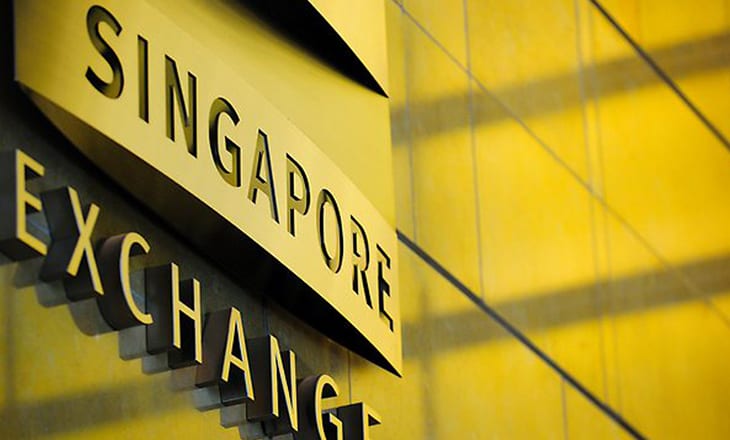Singapore Exchange (SGX) plans to make changes in the clearing and settlement of securities in the Singapore stock market.
The changes proposed today are aimed at reducing systemic risks and aligning the clearing and settlement processes of the Singapore market with global practices. They will also strengthen Singapore’s position as an international financial centre,” said Loh Boon Chye, CEO of SGX.
The proposed improvements for risk reduction include:
- A shorter securities settlement cycle of two days (T+2) instead of three days (T+3): The Monetary Authority of Singapore and SGX proposed this plan in 2014. The shorter settlement period reduces counterparty risks market-wide and avails securities and funds earlier for investors. HKEx, NYSE and the EU already operate a T+2 settlement cycle.
- Simultaneous securities and money settlement: This reduces risk arising from the current time lag between money and securities settlement. Iron-cladding, enhancement of processes.
- Enhancement of various settlement processes: For example, CDP’s cash payments and receipts will be carried out through, and made final in, the MAS Electronic Payment System, or MEPS+, the Monetary Authority of Singapore’s electronic inter-bank payment and fund transfer system. CDP will cash-settle on the Intended Settlement Day + 6 business days (ISD+6) any trade with failed delivery that is not resolved by then; this is in line with global standards and practices.
SGX is also proposing that investors with shares in their CDP direct accounts have the option of giving their broker visibility over specific holdings by creating a broker-linked balance of these holdings. The broker can then offer more personalised services such as portfolio management services.
SGX has been actively engaging with stakeholders on the proposals for many months. We believe all these will benefit the market,” Mr Loh added.
SGX is targeting to introduce the changes by the second half of 2018. The public consultation is found here and is open till 15 January 2018.
